The Best Blueberry Bagels
If you’re looking for a delicious and nutritious way to use your sourdough starter, these sourdough blueberry bagels are it! This recipe combines sourdough’s tangy flavors with fresh blueberries’ ripe sweetness. With minimal effort, you’ll have the tastiest blueberry bagels ready to enjoy in no time.
For those who want an added boost to flavor and digestibility, there’s an optional overnight fermentation step in the fridge. The longer fermentation enhances the bagels’ flavor profile and makes them easier to digest.
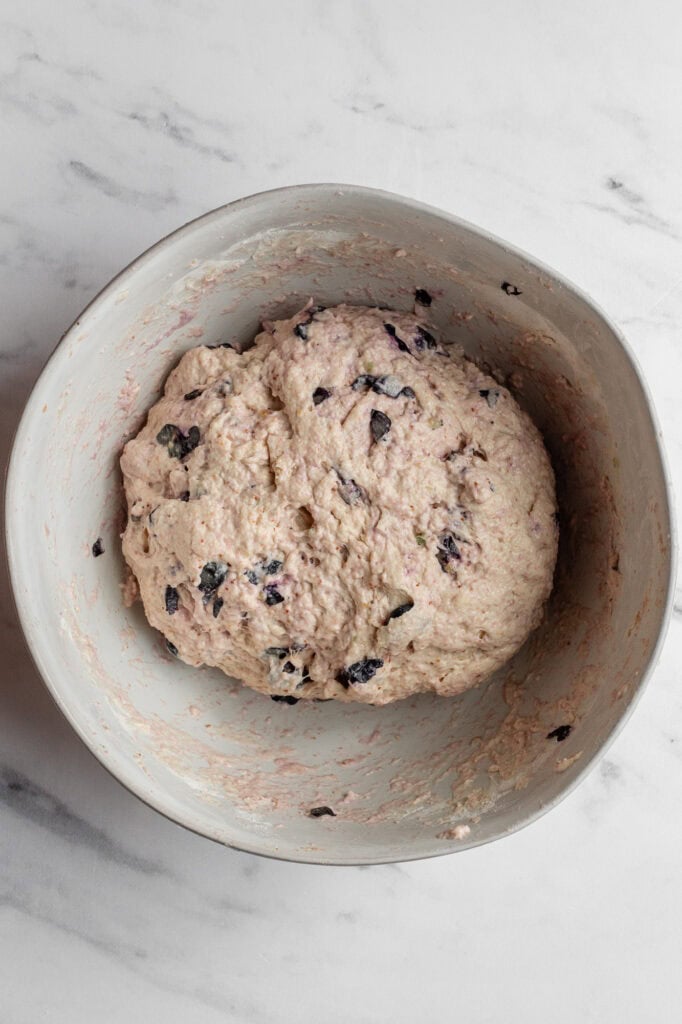
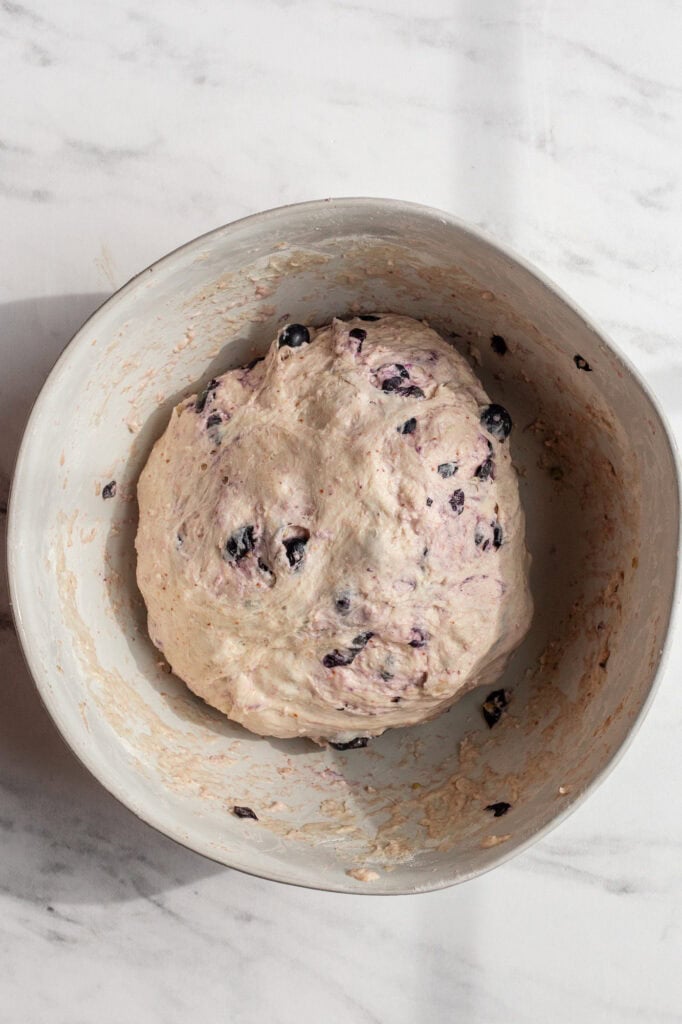
Sourdough Blueberry Bagels—Three Ways to Make This Recipe with Sourdough Starter
- Active, Bubbly, Peaking Sourdough Starter: The best option for making blueberry bagels without packaged yeast is to use a fresh, bubbly sourdough starter. It works well—though you’ll want to adjust the proofing times in the recipe card, doubling or even tripling them if your home is cold.
- Sourdough Discard from the Fridge: The second option for making these bagels without any packaged instant yeast is to use sourdough discard from the fridge. You’ll need to start the dough the night before you plan to bake. So, in step 4 in the recipe card below, you will leave the dough covered overnight for 8-12 hours, then the following day, continue with step 5. This should allow enough time for the starter to become active in the dough. This method isn’t always successful and depends on the individual starter, how long it’s been in the fridge, and how established it is. This method also tends to result in more sour flavors.
- Sourdough Discard + Instant Yeast: This version is the fastest and easiest method, combining sourdough discard with instant/active yeast for a reliable, consistent result. You get all the fantastic sourdough flavor but with the dependable rise from instant yeast. For an even better result, you can allow the shaped bagels to proof overnight in the fridge, giving them an extended fermentation time without too much extra effort. (See next paragraph for details on overnight proofing.)
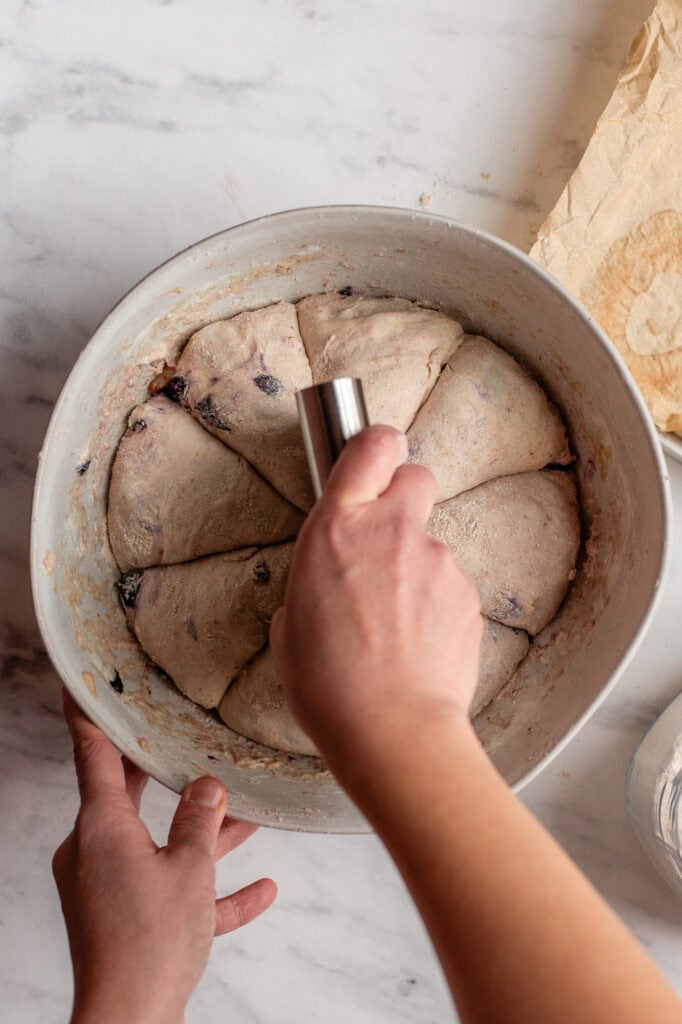
Long Fermentation Sourdough Blueberry Bagels (Overnight)
To achieve the best flavor and texture, you can long ferment the bagels. Simply place them in the fridge after shaping. This method allows the dough to ferment for up to 72 hours, developing deeper flavors and a more tender texture. After the long fermentation, continue with the recipe as written, and you’ll have bagels that are extra flavorful and easy to digest.
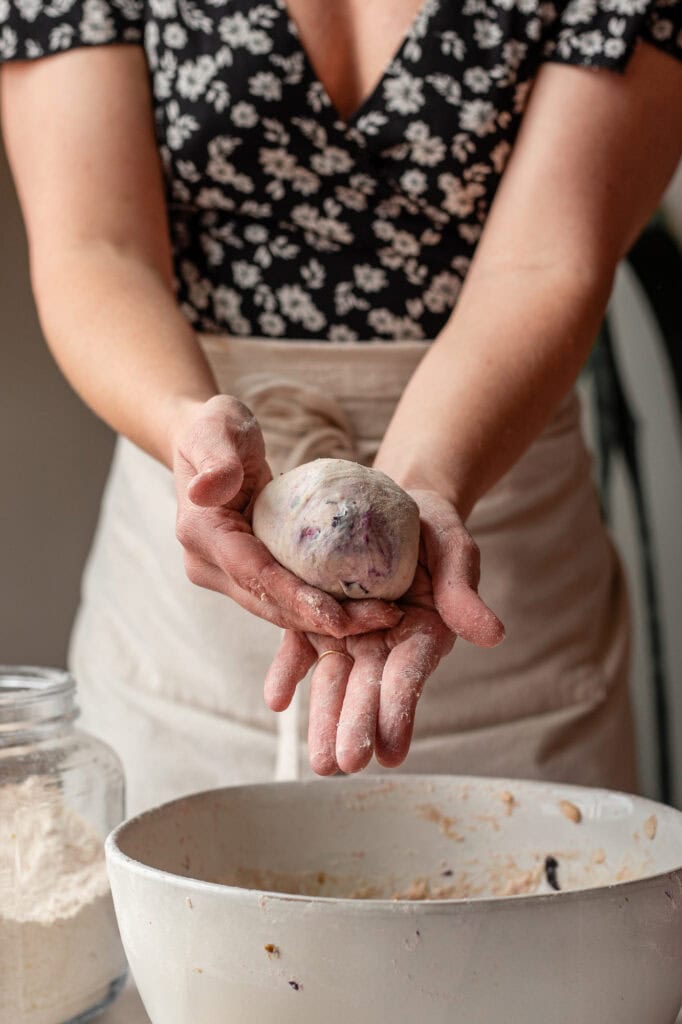
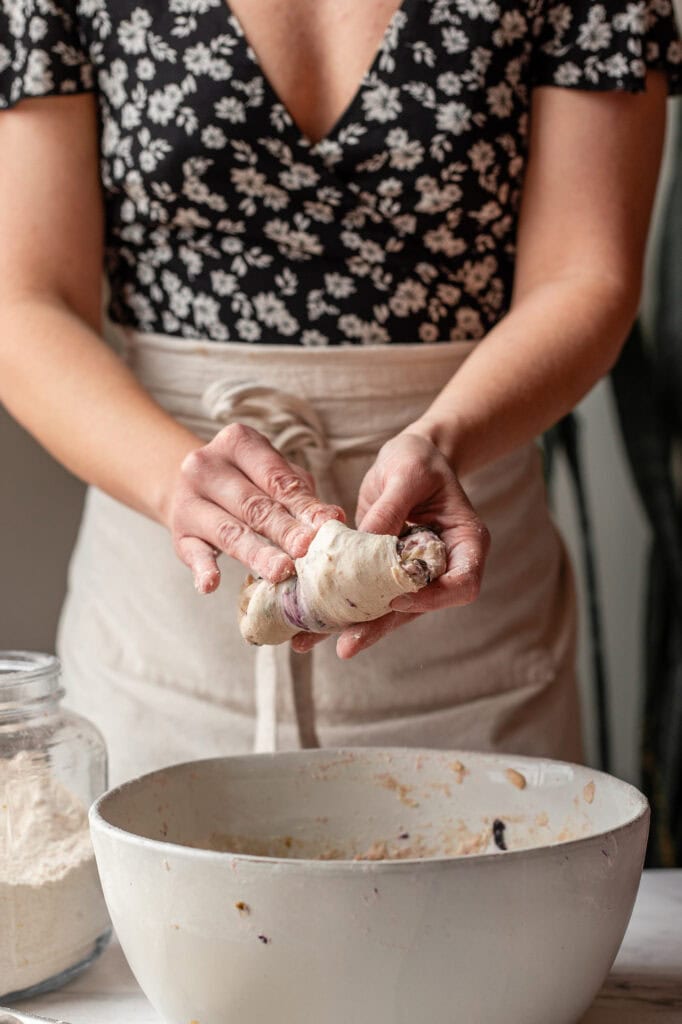

The Best Blueberries to Use for Bagels
For these bagels, fresh blueberries are key to creating the perfect burst of flavor. (frozen blueberries work great too!) The natural sweetness and juiciness of fresh blueberries provide a refreshing contrast. Fresh or frozen blueberries also ensure the best texture and taste. Be sure to crush fresh blueberries before thoroughly mixing the dough. This helps the dough get enough moisture without adding too much water.



The Best Flour for Making Sourdough Blueberry Bagels
When making blueberry bagels, the flour you use makes all the difference. I highly recommend using organic bread flour for these bagels. Bread flour has a higher gluten content than all-purpose flour, which helps create the chewy, tender texture that makes bagels satisfying. The strong gluten network helps the bagels maintain their shape while boiling and baking, giving them that perfect crust and soft interior.
Opting for organic bread flour means choosing a product free from synthetic pesticides and additives, which contributes to a cleaner, more wholesome bagel.
Organic whole wheat bread flour is another great option. However, whole wheat flour absorbs more water, so you may need to add an extra tablespoon or two of water when using whole wheat.
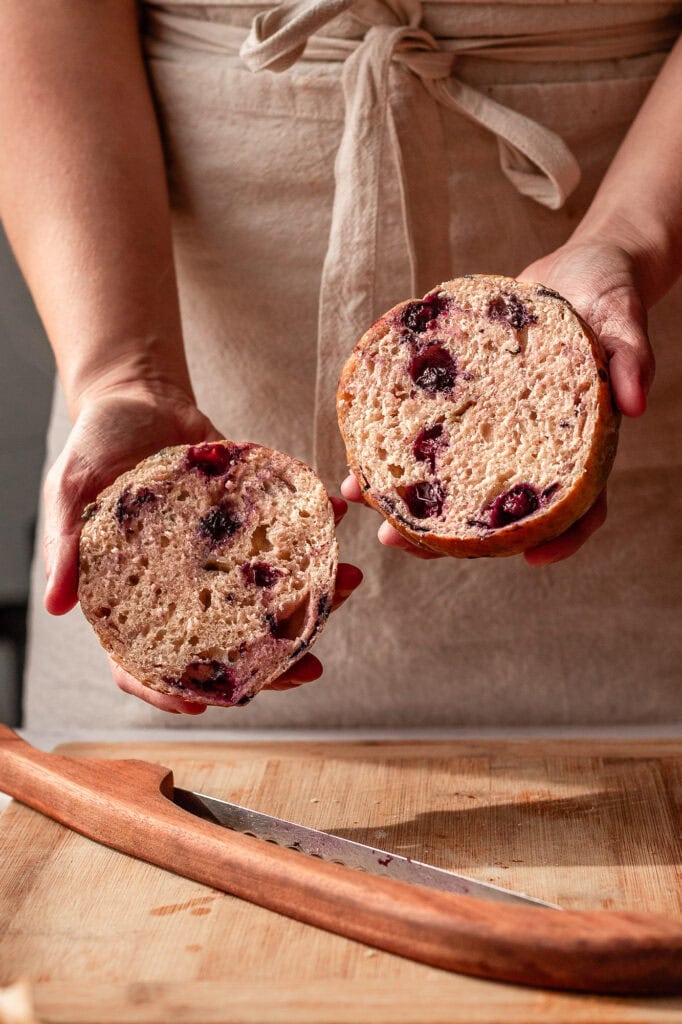
How to Store Sourdough Blueberry Bagels
- Cooling: Allow your homemade bagels to cool completely on a wire rack before storing them. This prevents condensation from forming, which can make them soggy.
- Room Temperature: Store bagels at room temperature in an airtight container or resealable plastic bag for up to 4 days.
- Freezing: To freeze bagels, wrap each bagel individually in parchment paper or aluminum foil. Then, place them in a freezer-safe plastic bag or airtight container. This prevents freezer burn and helps maintain their quality. You can freeze bagels for up to 3 months.
- Thawing: When you’re ready to eat them, you can thaw bagels at room temperature, or for a quicker option, toast them directly from the freezer. You can also defrost them in the microwave for a few seconds, then toast them to restore some of the crispy texture.
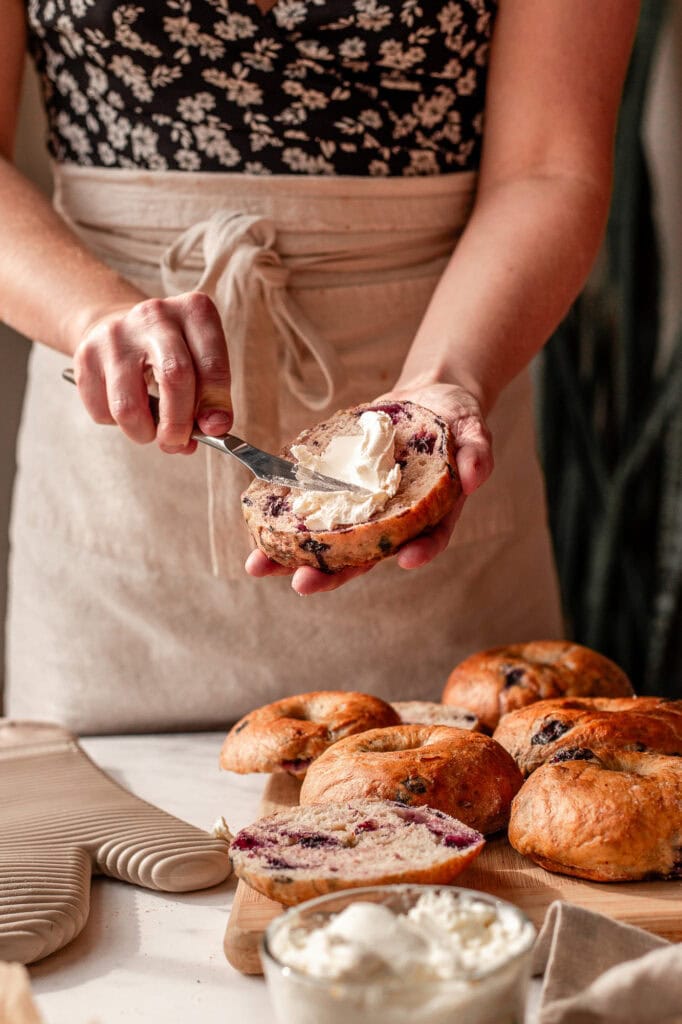
Why Do You Boil Bagels?
Boiling bagels is a crucial step in achieving their distinctive texture and flavor. Here’s why this process is essential:
- Texture: Boiling bagels before baking helps to create their characteristic chewy crust. The boiling process gelatinizes the starches on the surface of the dough, forming a barrier that traps moisture inside the bagel. This results in a chewy interior and a shiny, crisp crust.
- Structure: Boiling helps to set the bagels’ shape. It provides an initial dough firming, allowing the bagels to retain their round shape during baking.
- Flavor Development: The boiling water, often with added ingredients like malt syrup or honey, contributes to the bagels’ flavor. Malt syrup, for example, adds a subtle sweetness and enhances browning during baking.
- Browning: The boiling process affects how the bagels brown in the oven. The gelatinized surface helps achieve a rich, golden-brown crust.
Why are My Bagels so Chewy?
Boiling bagels for too long can make them excessively chewy. Boiling bagels for too long can lead to over-gelatinizing the starches on the surface, resulting in a denser and chewier texture than desired. Additionally, extended boiling times can cause the bagels to become overly puffy or misshapen as the dough expands.
Typically, bagels are boiled for about 30 seconds to 1 minute per side. This short boiling time is usually sufficient to achieve the desired texture and flavor without compromising the bagels’ quality.

Things You May Need:
Print
Sourdough Blueberry Bagels (with active starter or discard)
These subtly sweet sourdough blueberry bagels are the ideal morning treat. With each bite, you’ll enjoy the bright freshness of blueberries balanced by the rich, complex flavor from the sourdough fermentation.
- Prep: 30 minutes
- Cook: 30 minutes
- Total Time: 5 hours
Ingredients
- 720 grams bread flour (6 cups)
- 120 grams sourdough starter discard (1 cup)
- 1/2 teaspoon active/instant yeast*
- 250 grams water (3/4 cups)
- 200 grams fresh blueberries (1.5 cups)*
- 10 grams sea salt (about 2 teaspoons)
- 60 grams water, set aside (1/4 cup)
- 1 Tablespoon baking soda (for water bath)
- 2 Tablespoons honey or sugar (for water bath)
Instructions
- Read the recipe notes on proofing time before starting.
- In a large bowl, combine the starter, instant yeast, flour, salt, blueberries, and water. (It helps if you crush the fresh berries first and mix them with the water before combining the dough)
- Knead the ingredients together until a uniform, but shaggy dough ball forms. Add the set-aside water if necessary.
- Cover the bowl with a plate or a damp towel and proof the dough for 1 hour at a warm temp.
- Stretch and fold the dough. Wet your hands and stretch the dough up out of the bowl and fold it in on itself, do this a few times until the dough smooths out and has more tension. Scoop around the sides of the dough with your hands to form it into a nice, smooth ball. Cover and let the dough proof for 30 minutes at a warm temperature.
- Sprinkle some flour on top of the dough.
- Divide the dough into 8 equal pieces (each piece should weigh about 160 grams).
- Line a baking sheet with parchment paper and sprinkle flour on top of the parchment paper.
- Grab a piece of dough, and fold it in, forming a small round dough ball. Place the dough ball on the floured parchment paper. Repeat for the other pieces.
- Lightly sprinkle the top of the dough balls with flour. Cover the dough balls with a towel and let them rise for about 30 more minutes until they puff up a good bit.
- Flour your hands and pick up a dough ball. Place it in your right hand. Using your thumb on the top of the dough ball and middle finger on the bottom, squeeze a hole through the center of the dough ball. Bring your index finger and ring finger through the hole in the dough to touch your thumb.
- Use your other hand to guide the donut-shaped dough through your right-hand palm and fingers that are held in a circular shape. This is how you create a bagel shape.
- Place the shaped bagels back on the floured parchment paper. (lightly sprinkle more flour if you need to)
- Let the shaped bagels rest for about 15 minutes until they’re nice and puffy, but don’t overproof.
(optional) Place the bagel dough in the refrigerator for a final proof of 12 hours. - Preheat your oven to 450° F.
- Gather your toppings and add them to small bowls for easy use.
- Bring a large pot of water to a boil. Add in the baking soda and the sugar.
- Using a slotted spoon, place each bagel in the boiling water for about a minute, flipping at 30 seconds.
- Remove the bagel from the water, place it back on the parchment paper.
- Repeat for the remaining bagels. Once they all have toppings, place the bagels in the oven.
- Bake for approximately 20 minutes* until golden brown. Rotate the bagels at 10 minutes for even baking.
- Remove and allow to cool for 30 minutes.
Notes
- I proof my dough in air fryer that is also a bread proofer set to 98° F. The times in this recipe are for those conditions. If you are not using a proofer, and the conditions in your home are cooler, proofing times may take longer.
- If you want to make this recipe without any packaged yeast, you can! Double the proofing times in the recipe directions and use bubbly, peaking, active starter.
- Bake time may vary. I usually end up baking for 35 minutes total. You can check the bagels every 5 minutes to ensure you do not overcook them.
- Frozen blueberries work great in this recipe.



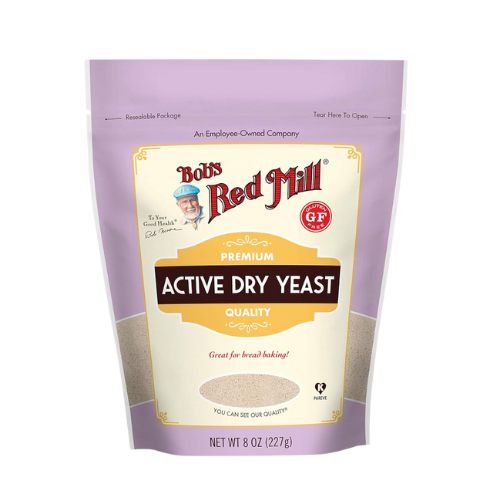
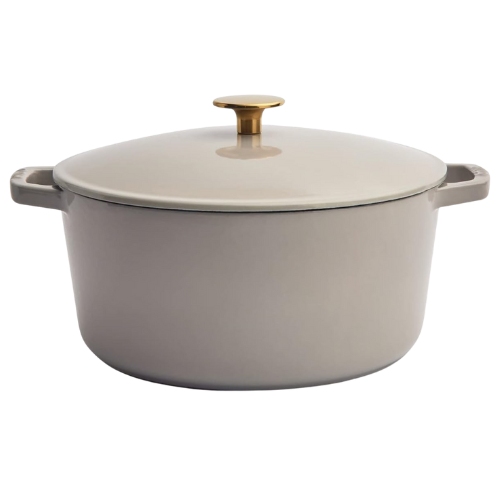
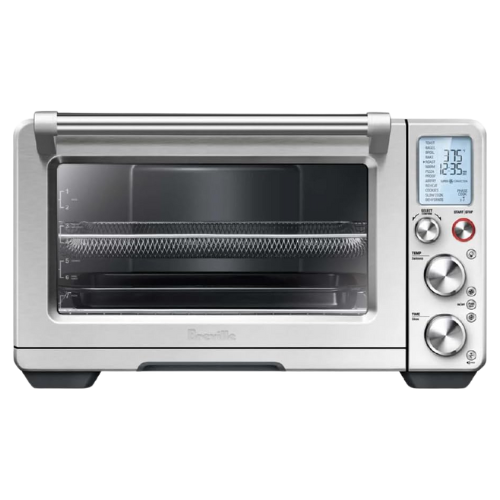
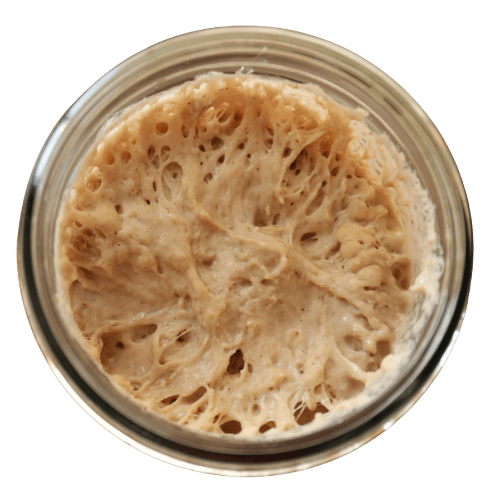

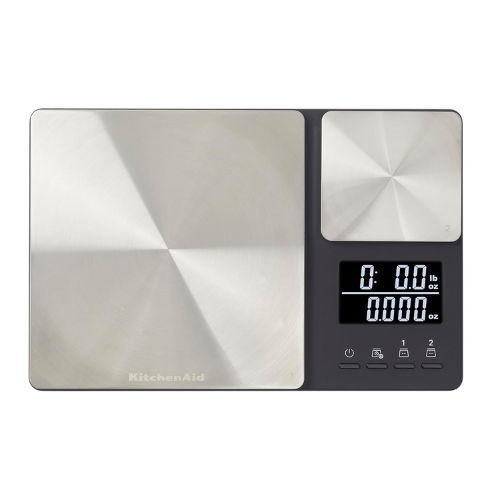















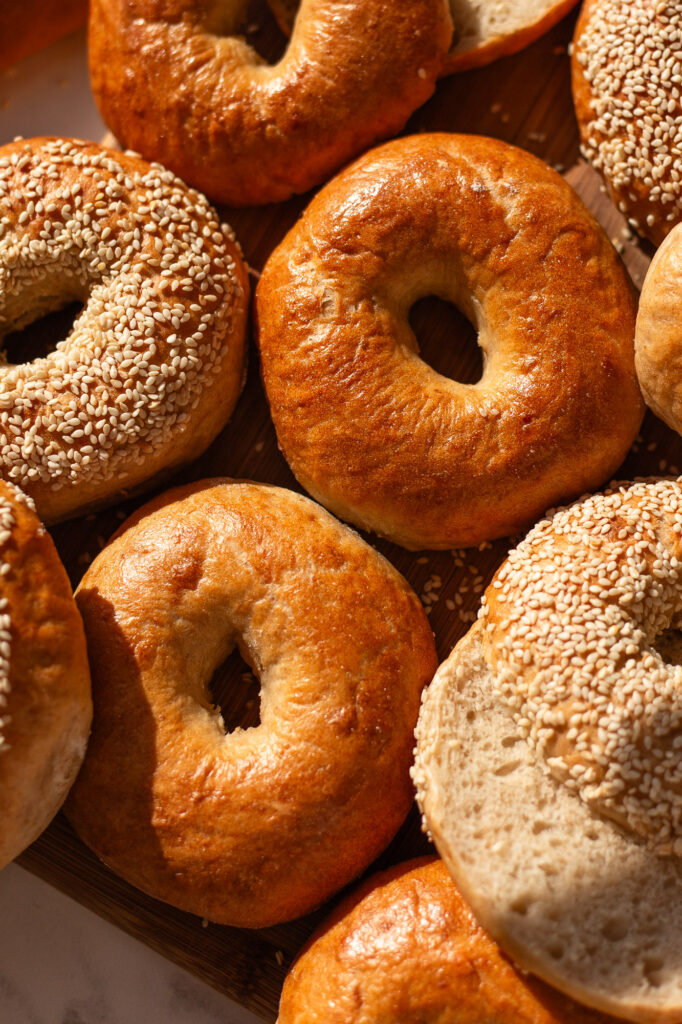


Hi Kaitlynn!!
Thank you so much for the recipe! My friends and family loved the bagels! I tweaked the recipe a little (added 1 less cup of flour and a little more starter).
Happy to hear you enjoyed the recipe and that your adjustment worked out just fine!
I just made the recipe last week and the bagels were delicious!! Thank you for the recipe, I’ll probably be making it again soon 🙂
Boiled and baked this morning…they turned out great! I mistakenly used discard (fresh – non refrigerated). I used all purpose flour and 1.5 cups of water. when resting, I placed in a sunny window hoping the discard would get hungry (lol). The fresh blueberries I had were rather large so next time I think I will double the amount. Thank you for the recipe.
You refer to ‘toppings’ throughout this recipe. What toppings do you use?
For blueberry bagels, I like to add poppy seeds, chia seeds, or hemp seeds as toppings. This is completely optional though. Blueberry bagels are delicious with or without!
You said to use 200 g (1.5 cups). I used my scale and found 200 grams was very little then I weighed out 1.5 cups and wow!! 200g isn’t 1.5 cups so how much is in the recipe?? I really want to make these. Thanks for your help.
Tina
what do you mean? One and a half cups of blueberries usually weighs between 200-225 grams. So you can use 1.5 cups of blueberries or weigh out 200 grams. Either way works. The blueberries don’t have to be totally exact.
These turned out pretty well! They are large and rose beautifully. The outside is nice and chewy but the inside is typical bread texture and a bit dry. They are not over baked. Are they supposed to be chewy inside as well? If so, any pointers on where I might have gone wrong? Thank you!
It sounds like you used all-purpose flour and not bread flour. Typical chewy bagel texture comes from using bread flour which is higher in gluten. Check the section in the body of this blog post entitled “types of flour for sourdough bagels”
I am very new to sourdough. These bagels and a loaf of bread are my first sourdough bakes. I’m wondering if I have to let them rise in the fridge for 12 hours or if I can boil them sooner.
You can skip the overnight fridge proof if you want.
Are you not meant to boil them in baking soda instead of baking powder? Baking powder is a raising agent
You can use either one. I like the outer crust of the bagel when the boiling water includes baking powder instead.
Curious why there’s no photos of the process? Are you using fresh, frozen, or dried berries?
Followed your recipe as directed and after adding the frozen blueberries, the dough only became over whelmed with the juices and the gluten structures broke making bits of dough. No way to stretch and shape into balls or bagels….
Sorry to hear you had trouble with the recipe. Since I did not specify frozen or dried in the recipe, the blueberries are meant to be in their natural state, fresh. I’ll go ahead and edit the recipe to clarify. However, any type, even frozen should work. It would have been best to defrost them and drain them first.
Loved how these turned out, I made 8 but had alot of rise so they were huge however still delicious. If next time get that same rise I’ll make 10 or 12.
Will bake tomorrow morning but the bagels are very large. I notice in your intro that you say to divide in 12 pieces but the recipe says 8 servings and 8 equal pieces. I went with 8 but now not sure it’s right. Hopefully they will bake ok tomorrow!
8 is correct! the intro should have said 8-12 pieces depending on the size you want. 12 pieces would be mini bagel bites and 8 pieces is regular sized bagels.
I made this recipe and did cinnamon raisin bagels! They turned out great!
These were phenomenal! Best bagel I’ve made in forever. Great crust, chewiness just right. I used frozen blueberries and adjusted the first proof as they made the dough a little cold.